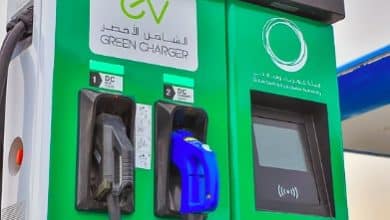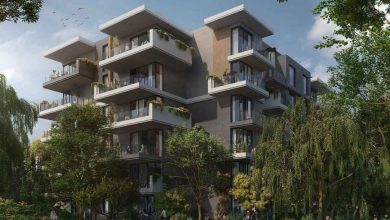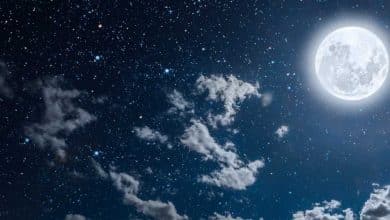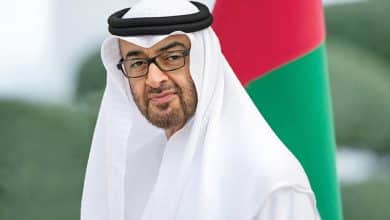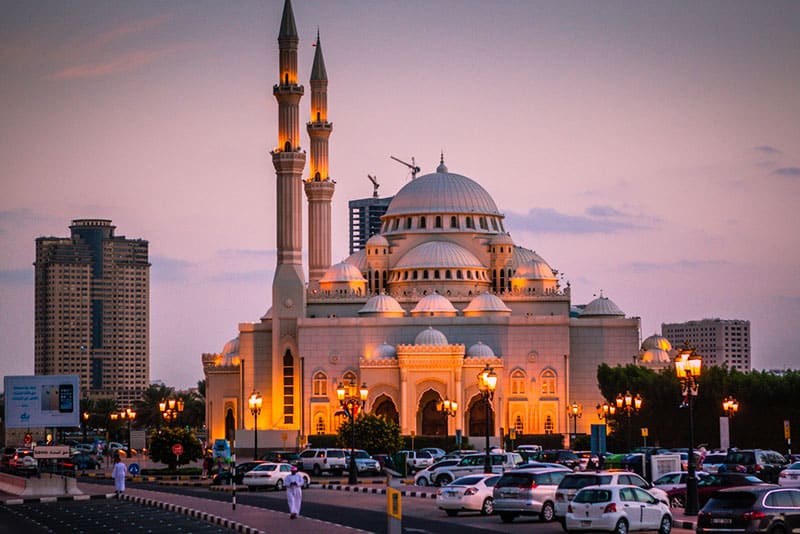
The holy month follows the moon and has been exclusively during the summer months since 2000.
In 2024, Ramadan in Dubai marks a significant shift, aligning with the winter season for the first time since 2000. This change, influenced by the lunar calendar, brings a unique experience as Ramadan transitions through various seasons every year.
The Emirates Astronomy Society forecasts that Ramadan will remain in the winter season until the autumn of 2031, followed by a gradual shift to summer in 2039, then spring in 2048, and returning to winter in 2056. This cyclical nature adds diversity to the Ramadan observance, offering distinct atmospheres and traditions across the years.
As Ramadan begins in Dubai, residents will observe their first fast starting from 5:15am and concluding at 6:29pm, amounting to a 13-hour and 14-minute fasting period. This duration will lengthen progressively throughout the month. The sighting of the crescent moon on Sunday, March 10th, aligning with the 29th day of the Islamic month of Shaban, marks the anticipated start of Ramadan.
How does the lunar calendar work?
The Islamic lunar calendar, which governs Ramadan, comprises 12 months in a year totaling either 354 or 355 days, making it about 11 days shorter than the Gregorian solar calendar. Its commencement is marked by the hijra, Prophet Muhammad’s (PBUH) migration from Mecca to Medina, celebrated as Islamic New Year in the UAE.
Each month of the Islamic calendar alternates between 29 and 30 days, based on the sighting of the new moon. As a result, a moon sighting committee convenes near the end of each lunar month to announce the onset of Ramadan, the ninth month in the Islamic calendar.
Eid Al Fitr, marking the end of Ramadan, is also determined by the sighting of the crescent moon. This auspicious occasion heralds the conclusion of the month-long fasting period and is celebrated joyously by Muslims around the world.
Fasting during the winter months certainly makes things easier on the Islamic community, as well as Ramadan markets and events being more accessible outside of the months of summer heat.

